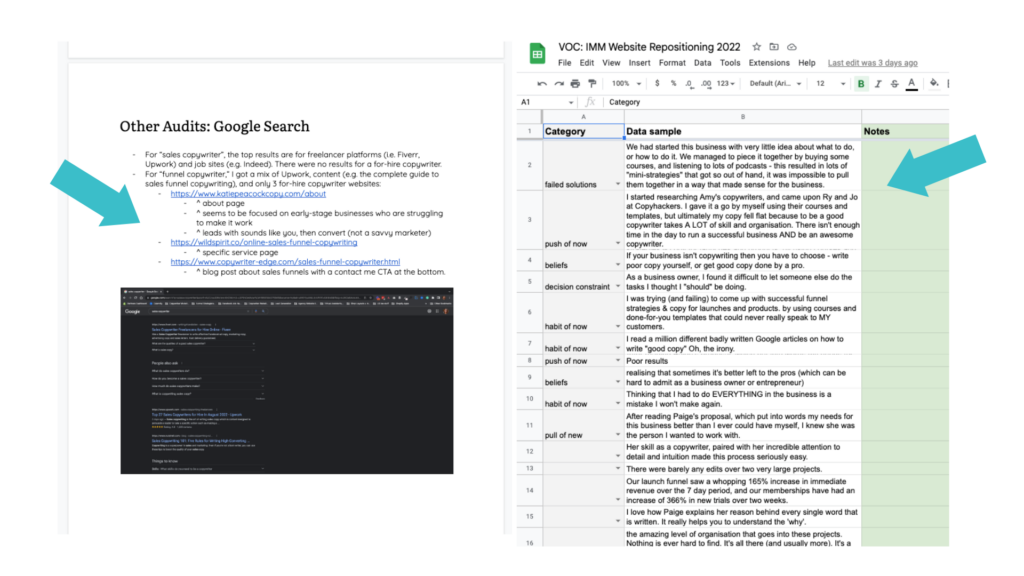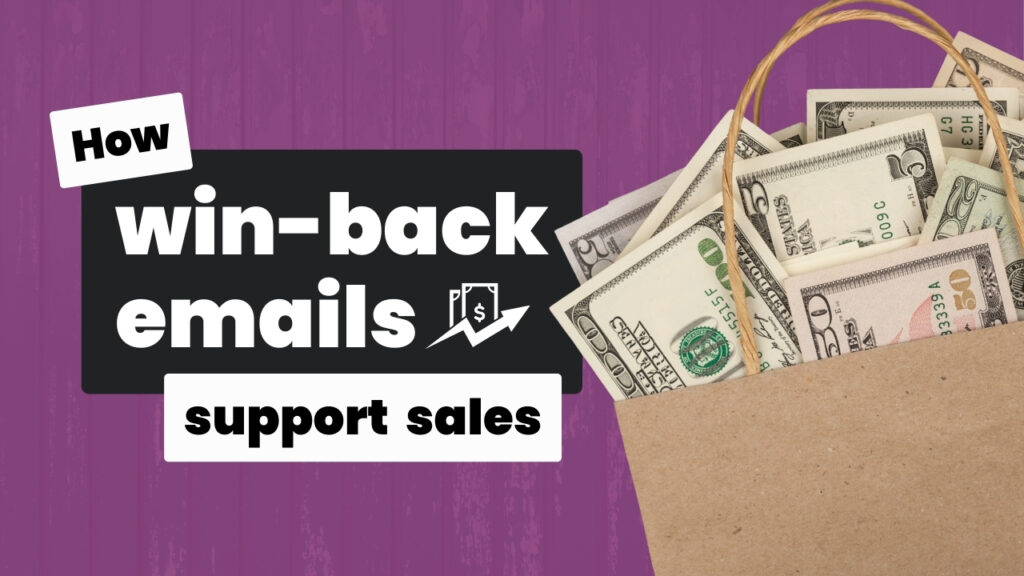Nothing’s more stressful (not to forget, frustrating, worrisome, confusing…) than sending a heap of traffic to a sales page that isn’t doing diddly squat for your bottom line.
So if you need to troubleshoot a poor-performing page, click play.
In this video, I’m sharing the proven page-writing process I’ve used to help my clients boost immediate launch revenue by 165% in 7 days, increase new trials by 366% in 2 weeks, and bring in a whopping $150K in course sales in 2.5 days.
Spoiler alert: You won’t see any “simple tweaks” here.
As a conversion copywriter who writes sales pages for a living, I can tell you this: With poor-performing or broken pages, there is almost always something major and strategic missing.
That’s why all those so-called simple fixes haven’t helped.
So join me in the video below. And swap the surface-level stuff for a proven page-writing process that works:
Let’s get started.
Step 0: Rule out the easy stuff.
Before diving into deeper issues, I check for easy-to-fix tech and traffic problems.
Is the checkout working properly?
Can visitors actually make a purchase?
You’d be surprised how easy it is to leave a checkout in testing mode or have a product that’s listed as out of stock by mistake.
If yes, then does the page have enough visitors yet?
100 visitors or so is too few to start making sweeping assumptions about performance. I like to see at least a couple hundred visitors for a page before I conclude that a page isn’t working.
Once I’ve ruled out tech and traffic volume issues, I start looking for deeper page strategy and messaging problems.
Naturally, step 1 starts with research. For sales pages specifically, I collect on-page analytical data and voice-of-customer data.
On-page analytics (like Hotjar heatmaps and recordings) help me better understand how prospects interact with the current page. And voice-of-customer data helps me get a clearer picture of the context around why prospects buy.
I typically look at sources like:
- Hotjar heatmaps and recordings
- On-page support chats (if you’re using a tool like Drift)
- Supports tickets, emails, or DMs where you’re having those pre-sales conversations
- Non-buyer surveys
- Customer discovery surveys and interviews
- Competitor messaging audits
- Competitor offer audits
- Product reviews for competing or alternative solutions and
- other online conversations that I find in relevant Facebook groups, forums, or even in blog post comment sections.
As I research, I’m asking questions that help me better understand ideal buyer behavior, like:
- What problems or outcomes motivate this buyer?
- What solutions are they considering?
- What solutions have they tried?
- And where did those solutions fall short?
- What concerns, hesitations, or objections do they have about our solution or others?
… and other details.
I record any relevant data as well as my observations and ideas during the research phase in an insights document and a voice-of-customer spreadsheet.

This way, I can refer back to what I found when I start making optimization decisions later on.
With this full spectrum of research complete, I have a more grounded understanding of buyer behavior that’s based on real people and real experiences. Not guesses and assumptions. It’s a move that will make my decisions more reliable.
Step 2 is the audit. I analyze the existing sales page against 2 core things:
- The insights I collected from the research phase and
- copywriting best practices (which include proven formulas, frameworks, and writing techniques).
During my audit, I ask questions like:
- Does the page follow a proven persuasion framework?
- Is it written for the right stage of awareness?
- Is the offer presented in the best possible light?
- Has the copy addressed conversion-blocking hesitations?
- Is there a clearly defined value proposition?
- And does that value proposition align with what buyers care about most?
Keep in mind:
This is not even close to an exhaustive list of what I analyze in the auditing phase. There’s a lot that goes into engineering a high-converting sales page.
This is why:
It pays off to invest in copywriting training for you (or your team) or to partner with a conversion copywriter who already has this expertise.
Now, with my audit complete, I move on to step 3: making my hypotheses.
Armed with the research from step 1 and the audit insights from step 2…
I’m now in a solid place to make a data-inspired plan for what needs to change to improve conversions.
Using all the insight from earlier phases, I make a simple checklist of everything I intend to do or change for the next version of the sales page.
And I pull in actual data to support my decisions.
Let’s look at a quick example:
In a recent project, I was analyzing an under-performing page for a client. I had already conducted the research, so I understood what motivated her ideal customers. And with that understanding, I spotted an issue with the value proposition.
Now if you didn’t already know:
The value proposition is crucial because it serves as the core thesis for a sales page. As in, it’s THE big idea that the whole page is built on.
My client’s original value proposition stated:
“Power-Glide Through the Leadership Glass Ceiling”
Here’s why that was problematic:
- It was clever but not clear enough to have any real meaning for our ideal customer.
- It didn’t align with the primary outcome that the audience was looking for.
- And it didn’t reflect the core unique selling point that made my client uber relevant to her audience.
So I added, “rework value proposition” – among other issues – to my optimization plan.
With my plan in hand, the 4th and final step is to write a new version of the page.
And then test it.
Let’s hop back to our value proposition example.
Using the ideal customer insights I found, I proposed this rewrite to my client:
“Become a confident leader people trust and respect with the only executive presence training designed exclusively for women in tech.”
Here is why this version works better for ideal customers:
- It aligns with the outcome this audience cares about most: becoming a confident leader.
- It states that outcome clearly.
- It also connects with prospects’ deeper social desire to be trusted and respected at work.
- And it weaves in my client’s most important USP, a major detail that helps this offer stand out from competitors.
The best part is:
Because this value proposition is based on voice-of-customer insights, both my client and I were infinitely more confident that it would connect with her ideal customers.
That’s it. End of process.
What’s great about this approach is: It removes the risk associated with guessing.
Meaning, I have more confidence that the messaging I use will resonate with ideal customers, resulting in more purchases. That’s because the decisions I make are based on data from real people and real experiences.
This is simply a more reliable way to write sales pages that sell.
Before I go…
A friendly word of warning:
The biggest and most tempting mistake business owners, marketers, and even newer copywriters make is skipping the research.
My friend, do your research!
Because that data is where you’ll find and formulate the answers to your performance problems.


